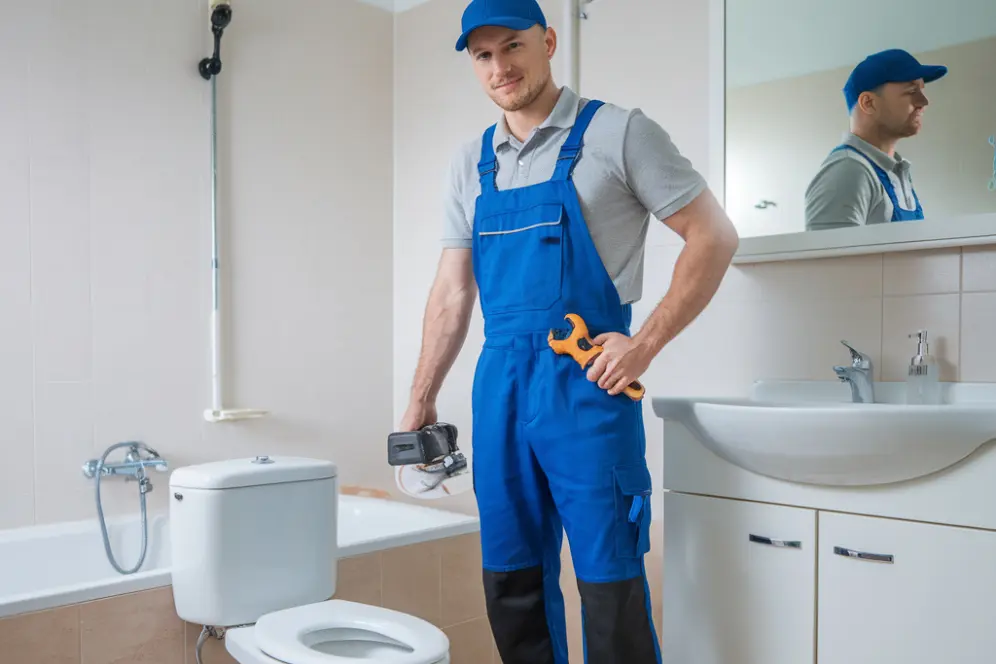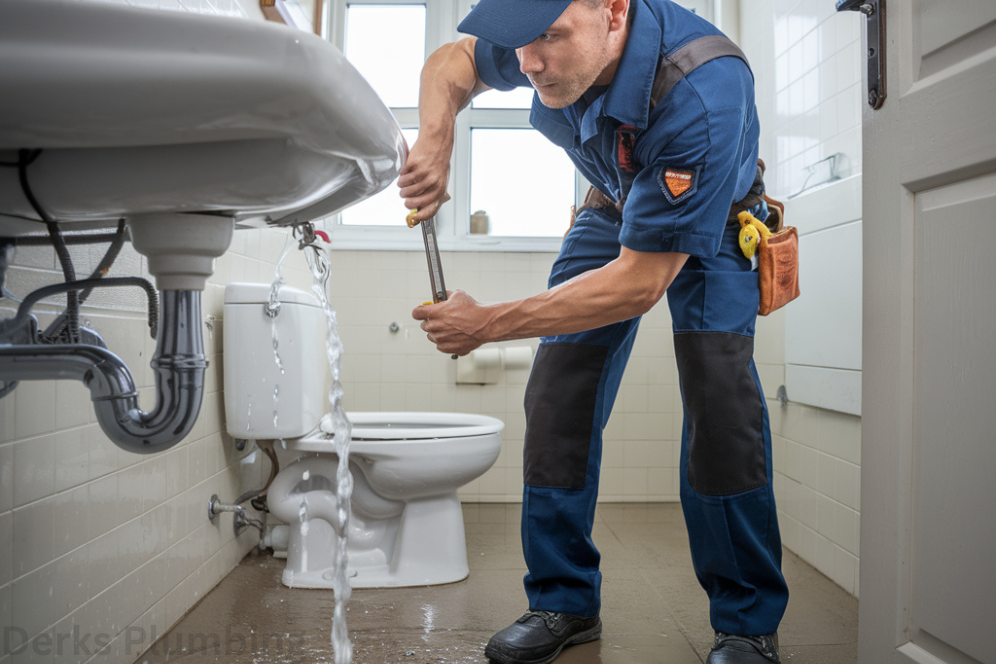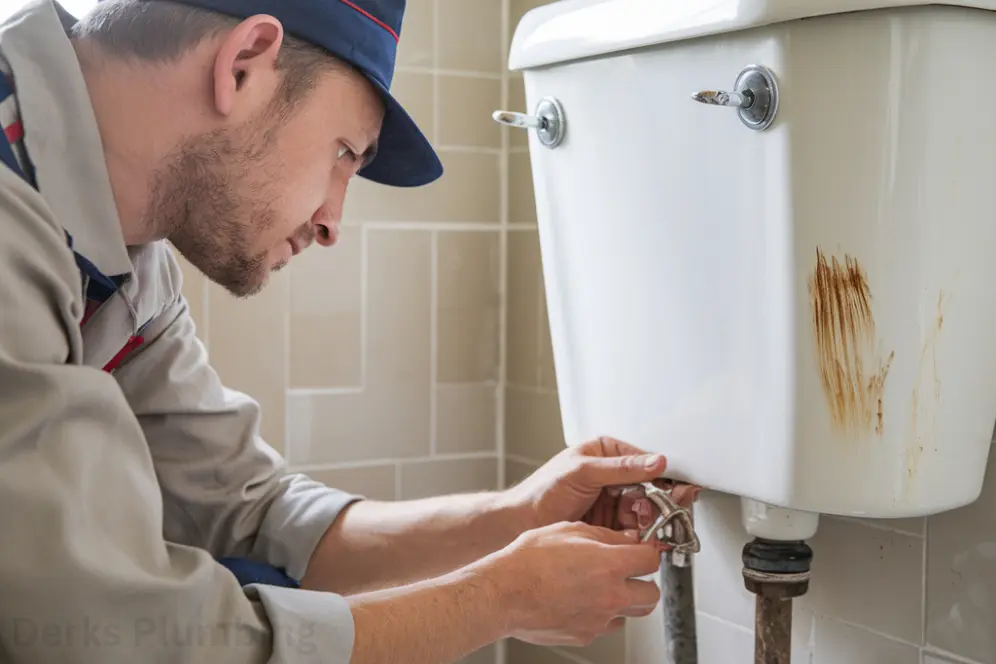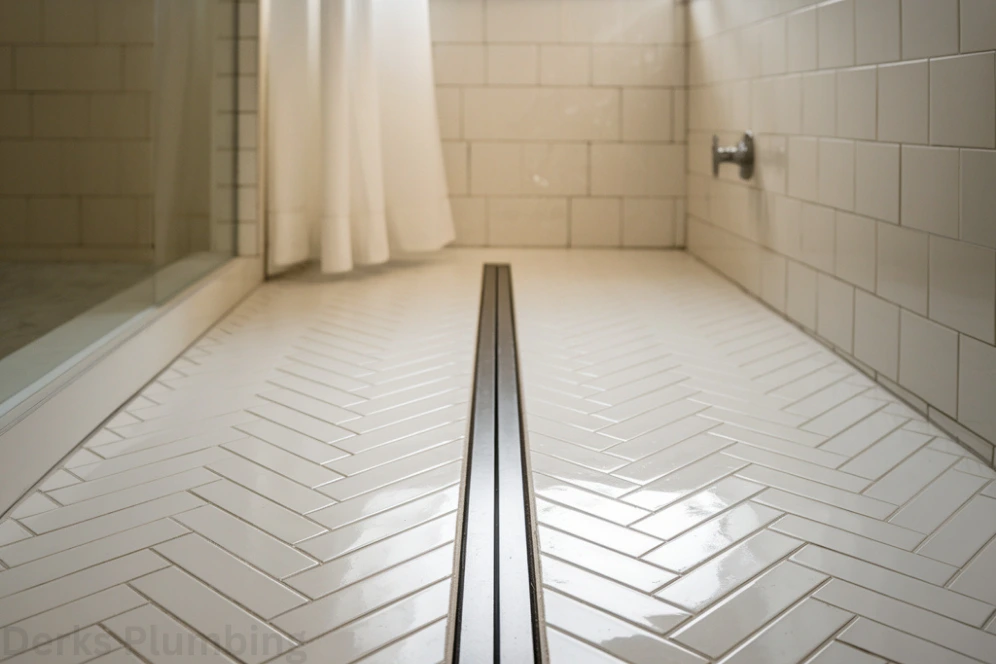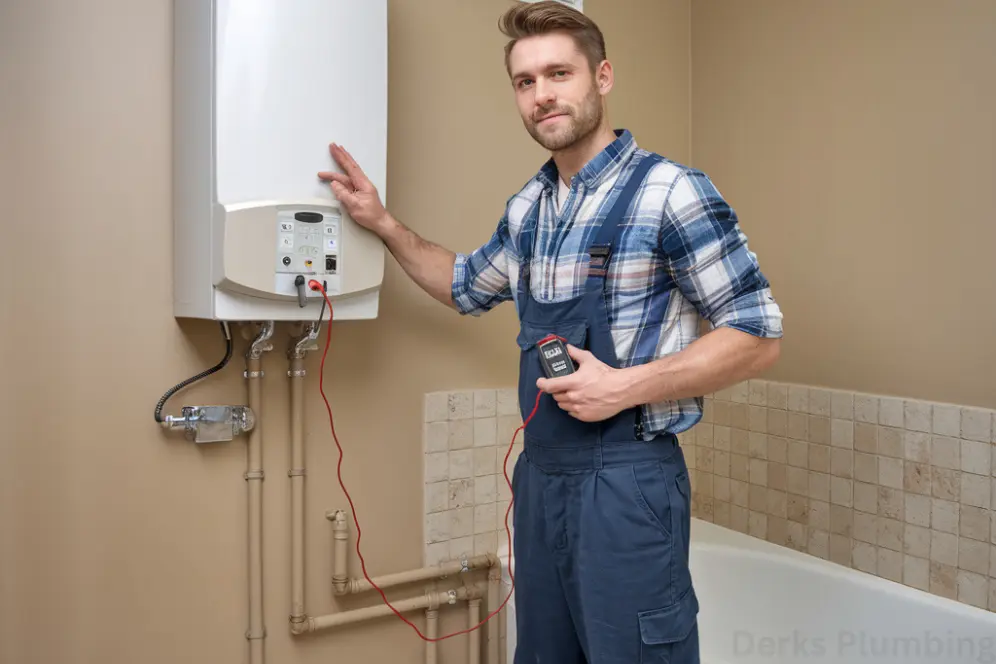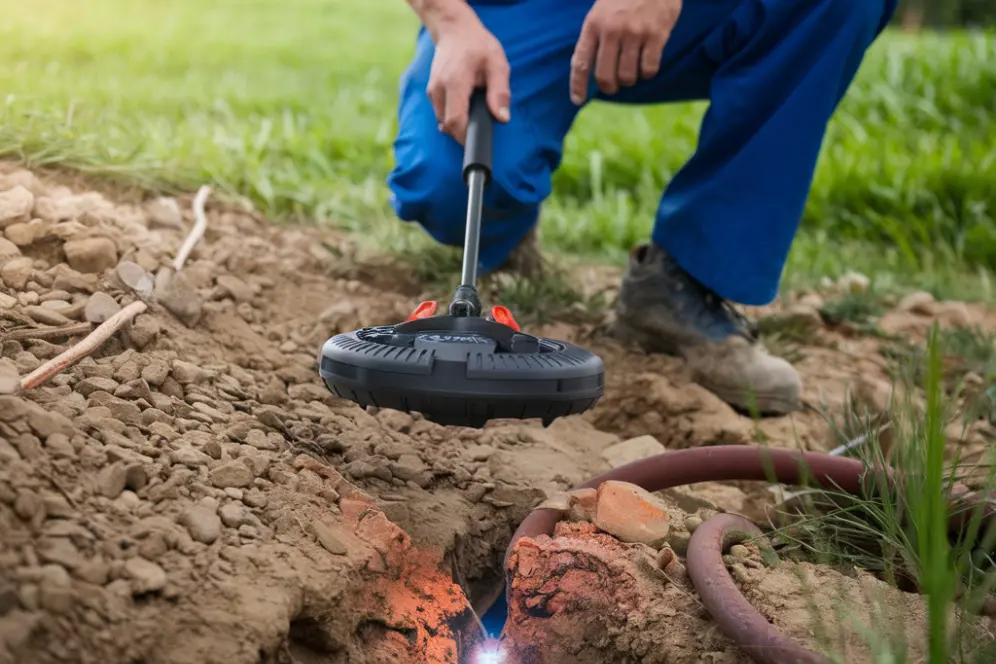Why Is a Bathroom Called a Head? Plumbing & Tips
Why Is a Bathroom Called a Head? (And Other Strange Bathroom Slang) Ever wondered why a bathroom is called a head? It sounds strange, right? But the answer goes way back, like, sailing ships and pirates kind of back. Let’s take a quick trip into history and break it down in plain, everyday language. So Why Is It Called The Head? Back in the day, when people traveled the world by ship, sailors didn’t exactly have fancy restrooms. Instead, they went to the front of the ship the “head” of the vessel. That’s where a small area was set up for sailors to do their business over the open sea. There were two smart reasons for this setup: Wind direction. Ships couldn’t sail directly into the wind, so the front of the ship was usually downwind. That helped carry the smell away from the crew. Easy clean-up. Waste would go straight into the ocean no plumbing needed. So that’s why a bathroom is called a head. It comes from where sailors used the toilet at the head of the ship. Over time, “the head” slang for toilet stuck, and even modern sailors still use it. Other Bathroom Slang Around the World People use all kinds of bathroom slang, depending on where they live or who they’re talking to. Here are some you might’ve heard before: 1. Loo Common in the UK. One theory says it comes from the French word “l’eau” (water). Another says it came from “Waterloo,” a popular toilet brand in England. 2. Latrine Still used by military folks or in camping. It’s just a fancy word for an outdoor toilet or bathroom area. 3. Dunny If you’re in Australia and someone says “Where’s the dunny?”—they mean the toilet. It’s often an outdoor or bush toilet. The word came from “dunnekin,” meaning dung house. 4. Lavatory A more formal way to say bathroom. Comes from the Latin word lavare, which means “to wash.” You’ll see this on airplanes and in fancy places. 5. Jacks or Jakes Old-school terms from England and Ireland. “Jakes” was used in the 1500s, and “Jacks” is still used in parts of Ireland today. 6. Water Closet (WC) You’ll see signs that say WC in many parts of Europe. It stands for “Water Closet,” a polite way to say flush toilet. 7. Bog A very British way to say toilet. It originally referred to a swampy area, but now it’s just casual slang. “Bog roll” is slang for toilet paper. 8. John Common in the U.S. Some say it comes from Sir John Harrington, who invented a flushing toilet in the 1500s. Others think it just sounds like a common name and has become everyday slang. So, What Have We Learned? The next time someone asks why a bathroom is called a head, you’ll know it all started with sailors trying to avoid bad smells and make waste disposal easy. And when it comes to the head slang for toilet, it’s one of the oldest bathroom slang terms still in use today. Whether you call it the head, the loo, the john, or even the bog, it all means the same thing. Just be glad you don’t have to hold onto a wooden rail at the front of a ship whenever you need to go! Derks Plumbing specializes in emergency plumbing services and fast leak detection. We’re just a call or click away when you need us most. Whether it’s a burst pipe, clogged drain, or hidden leak, we’ve got you covered 24/7. We’re proud to be one of the few plumbing companies in Los Angeles offering free estimates.

